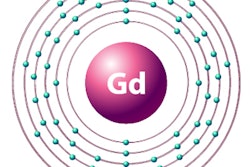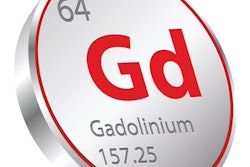Dear AuntMinnieEurope Member,
Today we've posted a heartwarming story about the impressive work of an interdisciplinary research group from Harvard, London, and Zurich.
The team took x-rays of the crania, humeri, pelvises, femora, and tibiae of 189 individuals who lived in the 18th and 19th centuries. What did they find out? Go to our Digital X-Ray Community, or click here.
A whole-body CT scan is a fairly common request in larger trauma units, but it's a time-consuming exam that delivers a fairly hefty dose of radiation. Getting the selection and justification criteria right are essential for success. A group from Oxford, U.K., has audited its 56 whole-body polytrauma CT scans conducted during November 2016. Find out more in the CT Community, or by clicking here.
In the MRI Community, we have a new article that offers a fresh angle on the debate over gadolinium deposition due to contrast agents. German researchers found no measurable levels of gadolinium after multiple administrations of two commercially available macrocyclic agents. The findings add weight to theories that gadolinium retention may vary based on the type of agent being used. Read more here. Also, don't miss the report about an in vivo measurement technique that can assess gadolinium deposition in bone. Click here to learn more.
Dr. Stefan Schönberg became president of the German Radiological Society earlier this year. In an interview, he reflects on the changes taking place in medical imaging and his thoughts on the challenges ahead. Click here to get it.
The French radiology congress, Journées Francophones de Radiologie (JFR 2017), begins on Friday. In advance of the meeting, two radiologists have starred in national TV adverts about the benefits of breast screening. Get the full details here, and check out our home page on Friday for news coverage of JFR 2017.



















